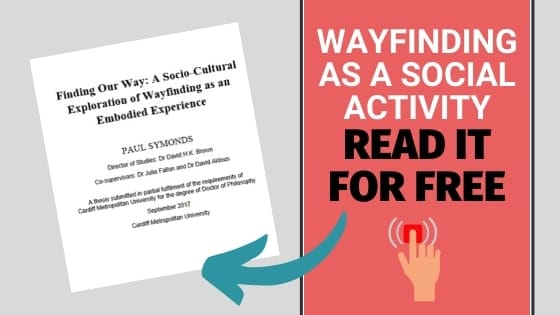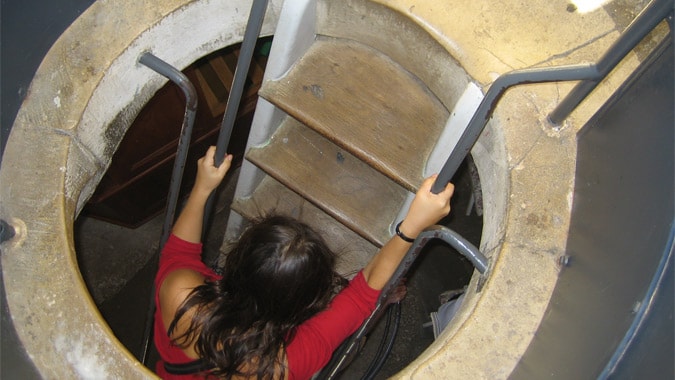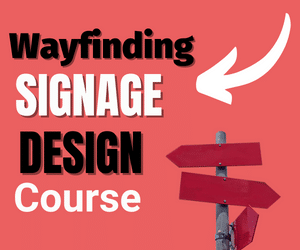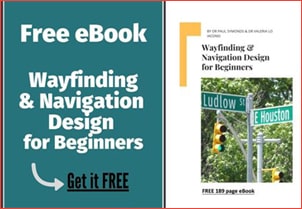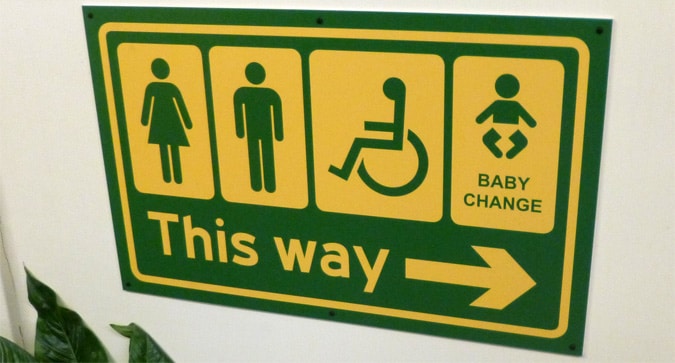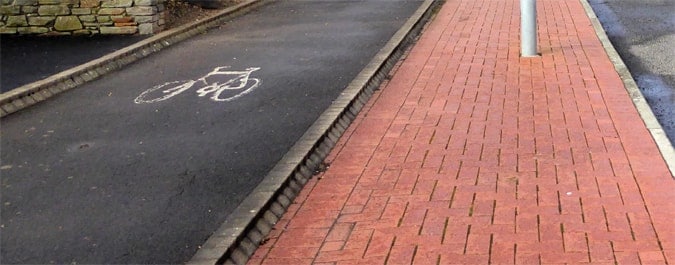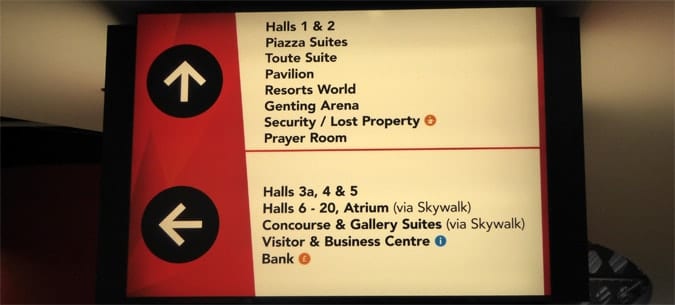Last Updated on June 9, 2023
Table of Contents
About Social Influences in Wayfinding
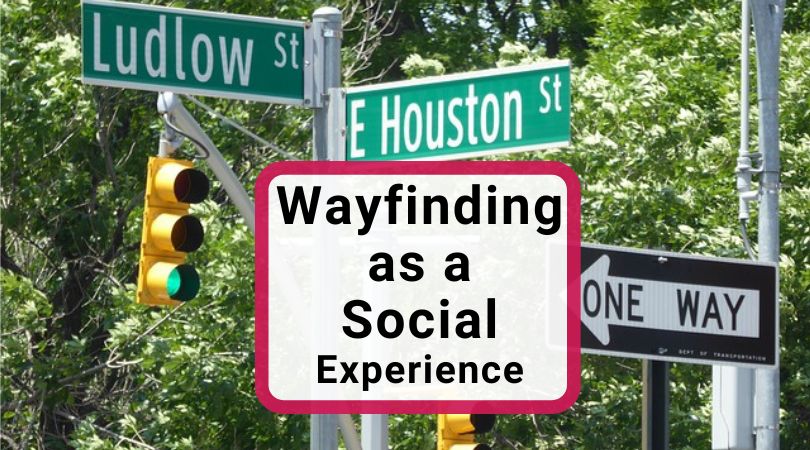
How we navigate between places involves many factors and these include the:
- directional signage system in place or planned
- architectural design (so how the spaces themselves such as paths guide us without the need for any signage)
- human guidance mechanisms (so for a busy sports event you might have staff who guide people in person)
Indeed, so many studies on wayfinding and navigation, for some strange reason, ignore or miss out on analyzing and including considerations for the social aspects of wayfinding. Do these social aspects really matter though?
Why the Social Activity in Wayfinding Is So Important
Well, the answer is yes, these social aspects and activities within wayfinding are essential if you really want to understand how we get and choose our route from A to B. Let’s look at an example:
Example – Navigating to a Sports Event in Another City
You are going to a football match and it is in a city you have never been to before. So you catch the train and arrive at the train station.
You are likely to find, if this is a big event, that you can follow the direction that the majority of people are taking and that this will itself lead you to the sports venue.
People following is a key strategy that so many of us use without even consciously thinking about it. It did though come out as both a sub-conscious and as an intentional wayfinding strategy in my Ph.D. research.
At that same train station, you will likely have police officers who are there for crowd control and you can ask them for directions.
Likewise, you might ask a train station worker or someone else who just got off of the same train.
So the social aspects (meaning the human interactive aspects) are essential in understanding how wayfinding takes place. In my research, 50% or more of the techniques people use to get from A to B involve other people as part of the activity.
Wayfinding as a Social Activity Ph.D. Research
In 4 years of research and having interviewed twenty-two people with in-depth interviews, people who find their way in very different and interesting ways, I was able to investigate the phenomena of wayfinding.
A number of key findings were found and what transpired was a new definition of wayfinding.
In light of the new model for wayfinding above, a model that connects the holistic, sociocultural, and embodied aspects of wayfinding, a new definition of wayfinding emerges from this study.
The intention was to develop an updated definition based on the following criteria:
- Both the cognitive and corporeal nature need to be considered.
- The process involves decision making in real-time but can involve planning and replanning.
- The experiential nature.
- There is always an origin and a destination (the origin and destination can be the same point, i.e. a circular route).
- There are different mobility issues for different user types.
- There is no difference between small and long distances.
But we should also consider that wayfinding can involve the desire for:
- Longer routes (both in terms of times and distance)
- Routes that involve time delays and a challenge (as an experience)
Wayfinding does involve taking cues from the environment but not exclusively, given that external cues and learned cues, for example, are also very important, as highlighted by Dening (2008) and Gladwin (1974).
For this reason, including mention of ‘cues from the environment’ is not appropriate in a definition of wayfinding because environmental cues are not exclusive to the process.
In order to update the present definitions, I propose the following definition:
The cognitive, social and corporeal process and experience of locating, following or discovering a route through and to a given space.
Dr Paul Symonds (2017)
Dr Paul Symonds has a PhD in Wayfinding from Cardiff Metropolitan University in the UK. Paul works with the signage industry, airports and other locations providing wayfinding audits, consultancy and training.

